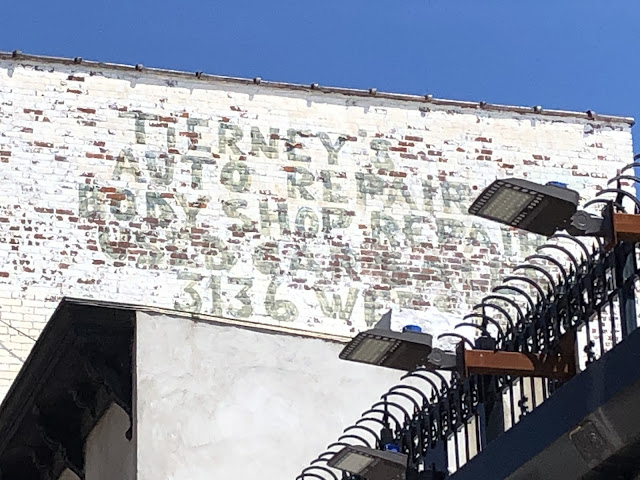Rosalind Yalow’s Orthodox Jewish parents tried to stop her from majoring in physics. Why? “No man will want to marry you.”
Well, she not only majored in physics, she used it to advance the state of health-care technology. That she did by co-developing radio-immunossay, which uses radioactive isotopes to quickly and precisely measure concentrations of hormones, vitamins and other substances that are part of, or end up in, human bodies.
For that, in 1977 she became the second woman to win a Nobel Prize in medicine. Oh, and she married, had children—and kept a kosher home.
I mention that because throughout the history of bicycling, various actual and self-proclaimed authorities have tried to discourage women from cycling on the grounds that it will make us unattractive and less desirable to men and, therefore, unable to have children.
As an example, serious medical professionals and scientists in the 1890s—during the peak of the first Bike Boom— warned of the “dangers” of women and girls developing “bicycle face.”
I wonder whether I ever developed it. Hmm…Maybe that’s why I don’t have a man—never mind that I haven’t been looking for one!




